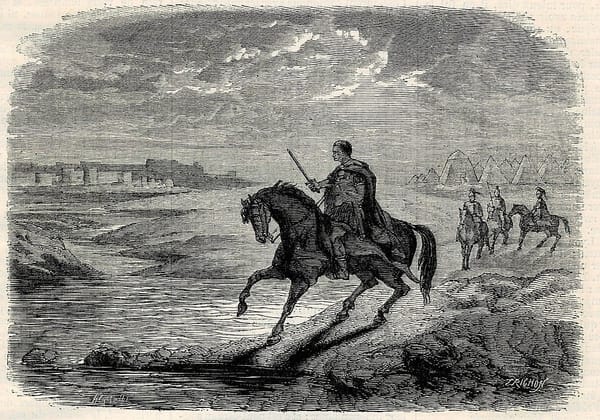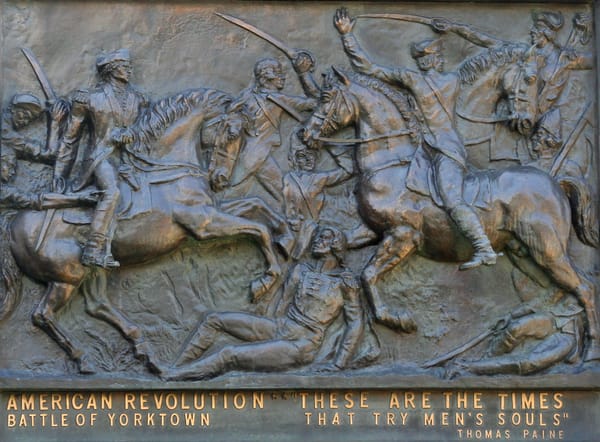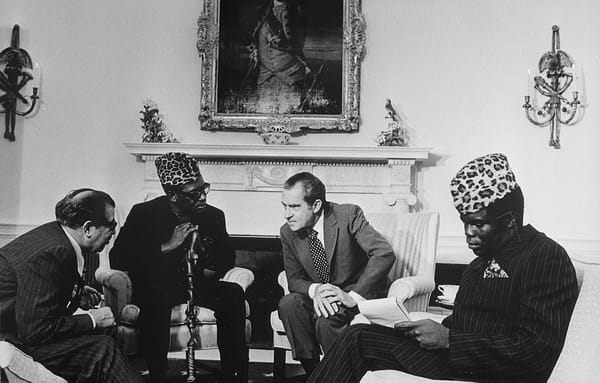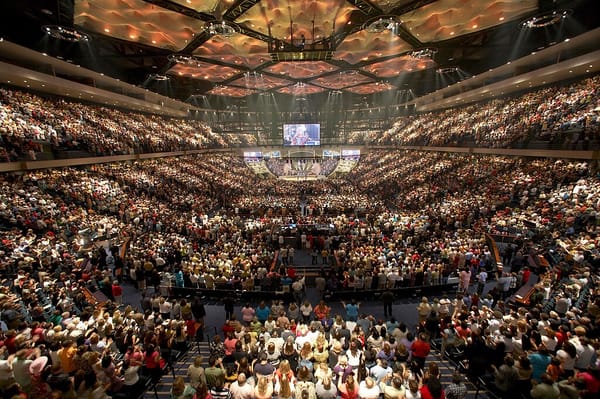The Mass Politics of Hating the Left
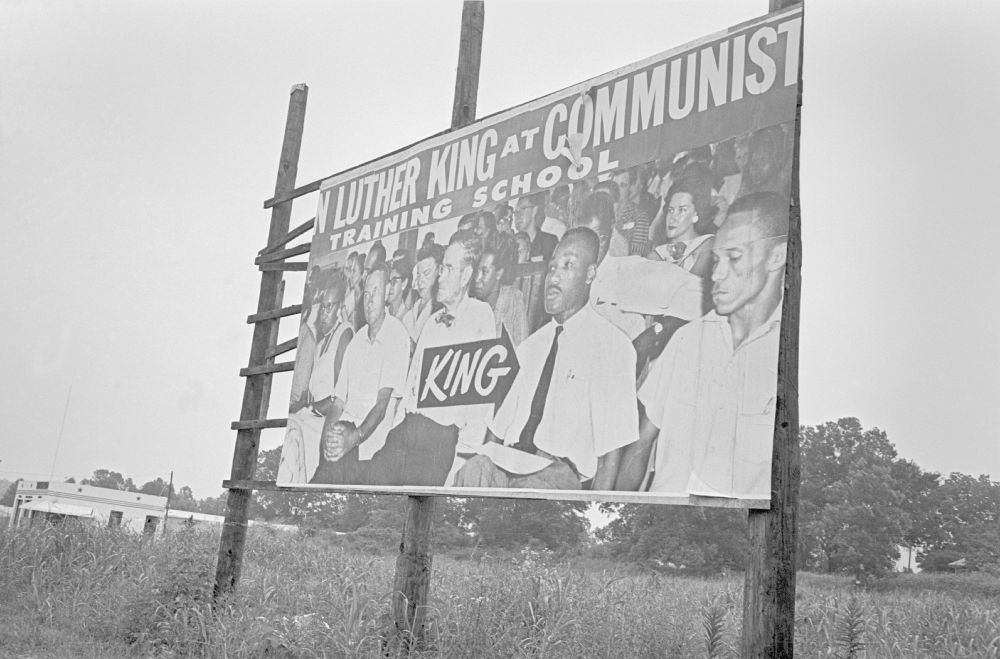
Liberal centrists are fond of horseshoe theory—the idea that the political spectrum is curved, so that if you go far enough left, or far enough right, you end up in the same place of totalitarianism, intolerance, and violence. Horseshoe theory is misleading though. Fascists make efforts to recruit across the political spectrum, and the fact is that they’ve often had a good deal of success in finding allies among mainstream conservatives and liberals.
In fact, one of fascism’s most successful appeals to the center has been anti-leftism. But appealing as anti-leftism is to those in the center, liberals and centrists of good conscience who value democracy and free speech need to recognize that fascists value none of those things. Even when, or especially when, those fascists claim to be defending them from the left.
During the 1930s, fascist dictators and movements legitimized themselves domestically and internationally by appealing to mainstream anti-Communism and anti-leftism. Robert O. Paxton in his classic Anatomy of Fascism notes that fascism is “Dictatorship against the Left amidst popular enthusiasm”—in other words, fascism is the mass politics of hating the left.
Hitler came to power after Communists gained ground in the 1932 Weimar elections, and conservatives, including President Paul von Hindenberg, believed that the Nazi party was the only way to stop a left triumph. Internationally, too, the Nazis’ anti-communism won them supporters. In America, populist radio propagandist Father Coughlin mixed anti-semitism and anti-left rhetoric indiscriminately. In the UK, Edward VIII praised Hitler for crushing Communism.
After World War II, Cold War fears of the USSR and Communism created a broad liberal/right anti-left consensus in the US. Democratic president Truman ordered loyalty reviews for Federal employees in 1947. The House Un-American Activities Committee the same year investigated Hollywood, ultimately blacklisting hundreds of actors and writers deemed to have Communist sympathies. Fear of the illiberalism of the left united center and right in a regime of sweeping government intolerance and censorship.
Stalin did commit atrocities, and he did influence some leftists in other countries. During the 30s and on into the Cold War, there was at least some reason for worrying about the links between the left and an expansionist USSR, however much those connections were exaggerated, demagogued or (in the case of J. Edgar Hoover’s smears against Martin Luther King) simply made up out of whole cloth.
There’s much less excuse for panicked anti-leftism since the Soviet Union’s demise. Most liberals, centrists, and even conservatives of good faith acknowledge that President Donald Trump has openly tried to undermine a free press, has solicited election interference from foreign powers, and has engaged in other sweeping constitutional abuses. Yet even in this environment of far right ascendance—or rather especially in this environment of far right ascendance—anti-leftism has a strong appeal to liberals and centrists, and can lead them to ally with the right.
For example, the right has long targeted college campuses and left college professors. Fascists and the far right hate institutions that promote open inquiry and encourage dissent. “For at least the past fifty years, universities have been the epicenter of protest against injustice and authoritarian overreach,” Jason Stanley writes in How Fascism Works. As a result, right wing figures like David Horowitz have relentlessly attacked universities, claiming that they are promoting subversive anti-American philosophies. Horowitz’s most recent book, One-Party Classroom from 2009, claims to expose “the 150 most dangerous courses in America.”
Horowitz, Stanley says, used to be seen as a crank. But increasingly his ideas have been taken up by more legitimate figures on the center right and center left. In 2015, liberal writer Jonathan Chait claimed that right wing Liberty University was “more open to dissenting views than many liberal universities.” Chait based this statement on the fact that left candidate Bernie Sanders faced no protests when he went to Liberty, apparently unaware that Liberty strictly regulates protests and student speech, and is wildly more illiberal than any mainstream school. Chait was so eager to kick the left, he supported authoritarian right repression.
Along the same lines, Greg Lukianoff and Jonathan Haidt published The Coddling of the American Mind in 2018, in which they argued that the left on campus had abandoned its commitment to free speech and threatened to coddle open democracy to death—a variation on Horowitz’s ideas. The book spends most of its time worrying about the left; it includes a total of one paragraph on Turning Points USA, a conservative group that puts professors it doesn’t like on a watch list. Horowitz himself is mentioned only once in passing, as someone facing censorship on campus from the left, not as someone trying to stifle speech himself.
When liberals join the right in anti-leftism, they provide the right with a propaganda coup. Book’s like Haidt’s and Kukianoff’s, and tweets like Chait’s, help the right frame democratic institutions as illegitimate, unAmerican and corrupt bastions of radical ideology, which should be eliminated. When center right opinion editor and writer Bari Weiss resigned from the New York Times, attacking her colleagues as leftist perpetrators of group think, Trump gleefully used the incident to kick the Times himself. “They never covered me correctly—they blew it,” he tweeted. Weiss became part of his propaganda campaign to discredit the news media, so that they can not hold him accountable for corruption or fascism.
Weiss and Chait, I’m sure, would resent the suggestion that they’re allowing themselves to be used as fascist dupes. Similarly, left writers who parrot right wing talking points about Hunter Biden and Ukraine don’t want to hear that they’re abetting fascists. No one wants to hear that they’re abetting the worst people in the world. But at a time of multiple national crises, with a reckless would-be authoritarian in power, it behooves everyone to be careful to make sure they’re on the right side.
This doesn’t mean that liberals or centrists can’t criticize the left. If Jonathan Chait is worried about left intolerance on campus, he’s going to say so, no doubt. But good faith criticism should not portray the right as more virtuous or liberal than the left, when it clearly is not. Anti-racist protestors shouldn’t be equated with minions of the state shooting Black people, or kidnapping protestors. Liberals should be aware that currently, in the United States in 2020, the right is a terrifying threat to liberty and democracy. Allying with them to crush the left will not make America a freer or more just place. Don’t sling that horseshoe theory with such reckless disregard that you brain yourself with it.
Featured image is a billboard claiming that Martin Luther King, Jr. ran a “communist training school,” by Bob Fitch

